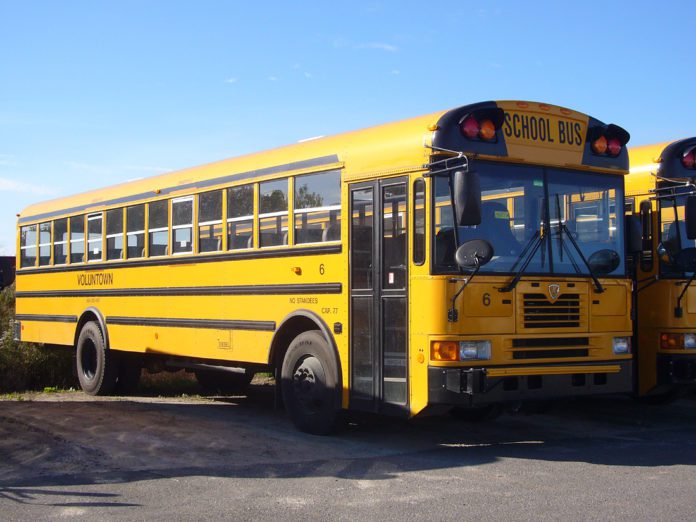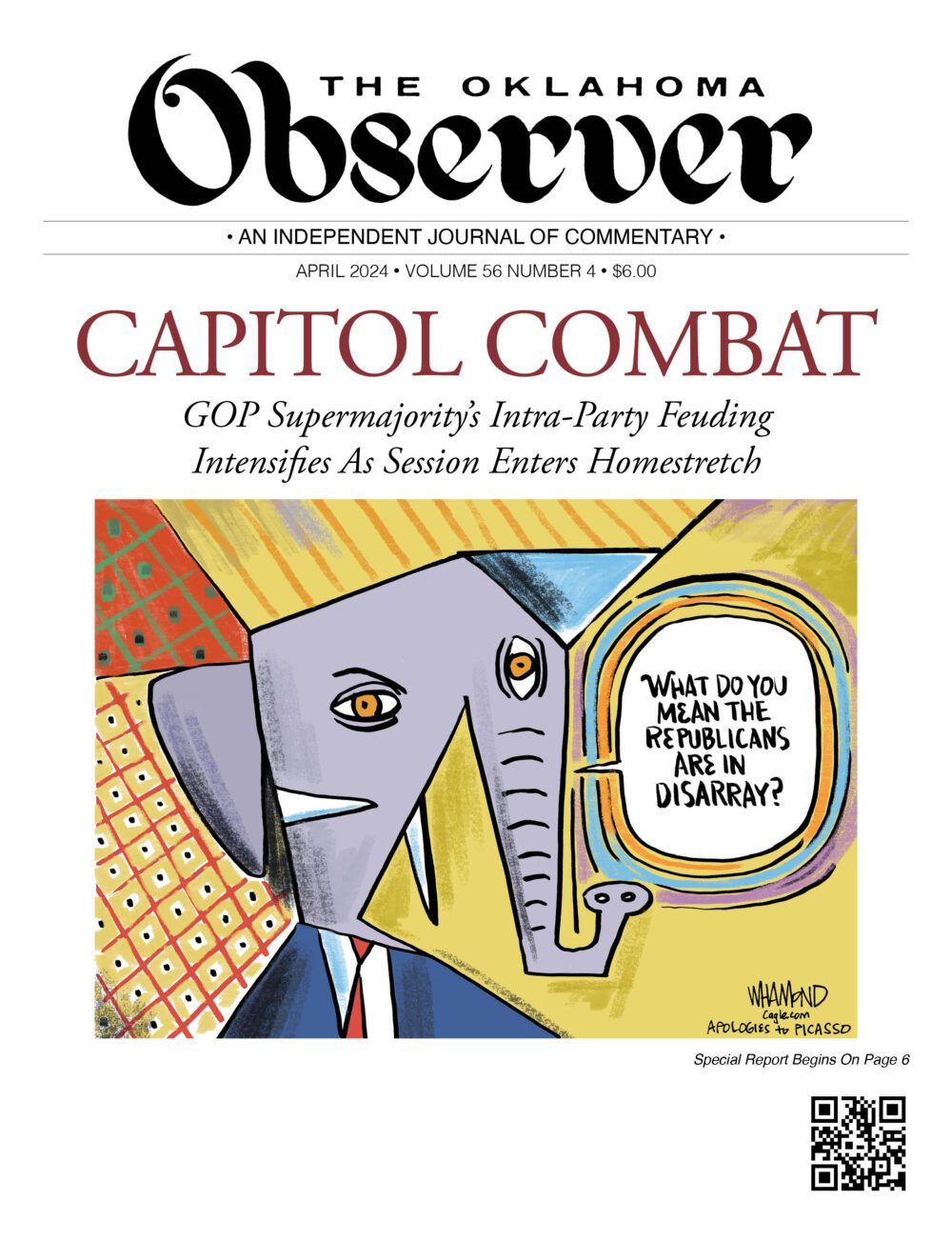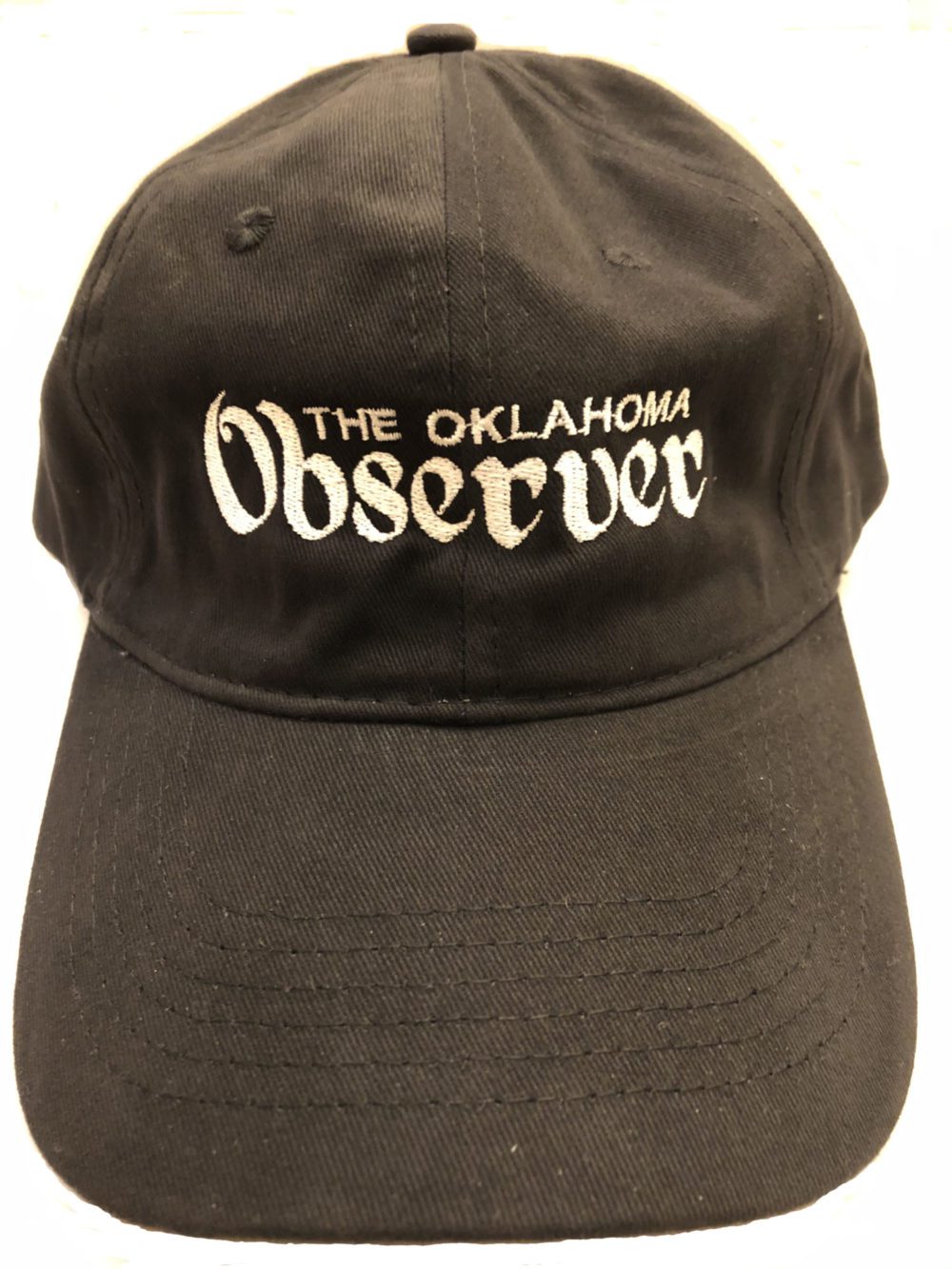Second Of Four Parts
BY JOHN THOMPSON
This is the second in a series of posts about SB 68, and other radical “reform” policies that supposedly would save Oklahoma City schools by defeating or even destroying the Oklahoma City Public School System. It is a reminder that simple answers [like school choice and testing] to complex and deeply rooted historical problems [such as underperforming schools] are doomed.
The authors of the supposed “game changer” known as SB 68 may not understand the fire they are playing with.
In 1968, U.S. District Judge Luther Bohanon, seeking to reverse three generations of de jure segregation, ordered students who attended the all-white Harding High School in central Oklahoma City to be bussed to Northeast High School, 1½ miles across the railroad tracks. Harding became a troubled middle school and, in 1983, my wife, Jocelyn, and I bought a small house in central Oklahoma City a block from it. From the top of our sycamore tree, Northeast was visible.
Desegregation may have been a small change geographically but it was huge culturally. In a classic case of “white flight,” families with children moved out.
Over the next generation, the exodus became a more generalized process of “suburban flight,” as parents of all races fled to the 23 other school districts in the metropolitan area, draining the older, inner city of economic diversity.
The population of the Oklahoma City Public School system [OKCPS] dropped from nearly 75,000 to 40,000. Voters stopped passing annual bond issues for maintaining schools. Home repairs ceased. Shade trees lost to the Dutch elm disease were not replaced. A generation later, the neighborhood looked like “the day the earth stood still.”
The railroad tracks had once been the legal dividing line between white and black residents, and it remained the symbol of the de facto segregation that replaced de jure segregation. The good news during the Oklahoma oil boom of the 1970s and at the beginning of the 1980s was that black families could inch across the tracks and join working-class whites as homeowners.
This transition required riskier home mortgages. Then Oklahoma’s oil economy went bust – followed by the collapse of Penn Square Bank and the rest of the region’s banking and savings and loan industries. Our neighborhood also became the epicenter of the Reagan Administration’s Housing and Urban Development scandal, and 300 houses were abandoned.
Our Central Park neighborhood then became the epicenter of crack and gangs in Oklahoma City. When I walked my dog, children would come running from the drug houses seeking love and reassurance. After becoming a mentor to troubled children, I changed careers and taught in the inner city for nearly 20 years.
Back then, OKCPS high schools did not have the extreme concentrations of generational poverty as Harding and other middle Schools. If I thought I had a hard day teaching at John Marshall, I’d drive an extra block past Harding, watch the Hoova set of the Crips’ “O.G.s,” with their Rottweiler guard dogs, standing just off the school’s property, witness the chaotic dismissal of class, and remind myself that nothing at my 75% low-income high school was as challenging as teaching at such a middle school.
Soon I would understand why there is such a huge difference faced between 75% to 85% low-income schools and the far more daunting challenges faced by schools that are nearly 100% low income.
By the way, Moon Middle School, which typically served about 700 of the poorest students in the city, was an even tougher challenge. It has since been claimed that KIPP has shown that a “No Excuse” charter school can dramatically improve academic outcomes with “the same kids.” But, even today, only 283 students attend KIPP, and they certainly aren’t the “same” kids who attended Moon.
It’s not just that KIPP’s low-income population is nearly 20 points lower than Moon, and that it serves far fewer special education students, and that it “creamed” off many of the most motivated families and student leaders. KIPP and other high-performing charters accept and retain only as many of the most challenging students as they can handle.
This means that neighborhood secondary public schools were required to deal with far greater numbers of the most traumatized students. By the end of my career, at the 100% low-income Centennial High School, we faced the same challenges as Harding did at the height of the crack and gang years.
We teachers and administrators in traditional public schools were not blameless. We volunteers in MAPS for KIDS also made mistakes. But the tragedies I witnessed were not created by local educators.
It was the combination of the proliferation of choice, along with the national mandates to teach to the standardized test that created a disaster. It took all three legs of the reform stool – test, reward, and punish – to turn the OKCPS into the system that created some of the best and some of the worst schools in the nation.
– Dr. John Thompson, an education writer whose essays appear regularly at The Huffington Post, currently is working on a book about his experiences teaching for two decades in the inner city of OKC. He has a doctorate from Rutgers University and is the author of Closing the Frontier: Radical Responses in Oklahoma Politics.








